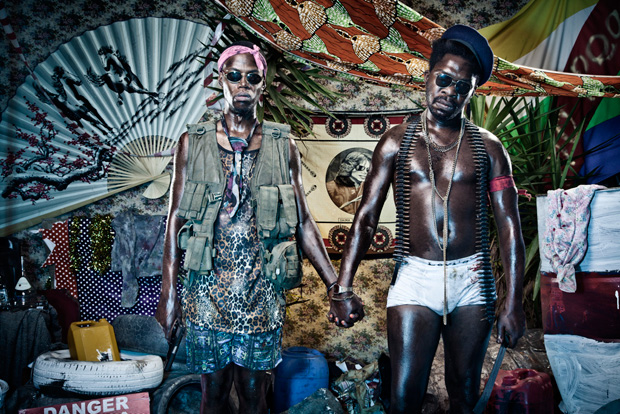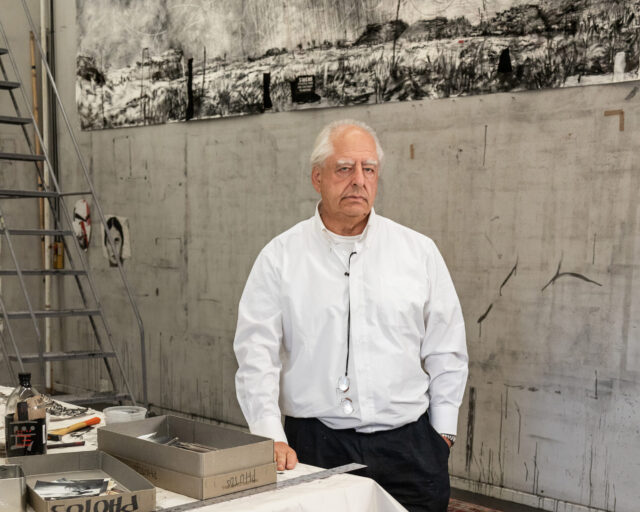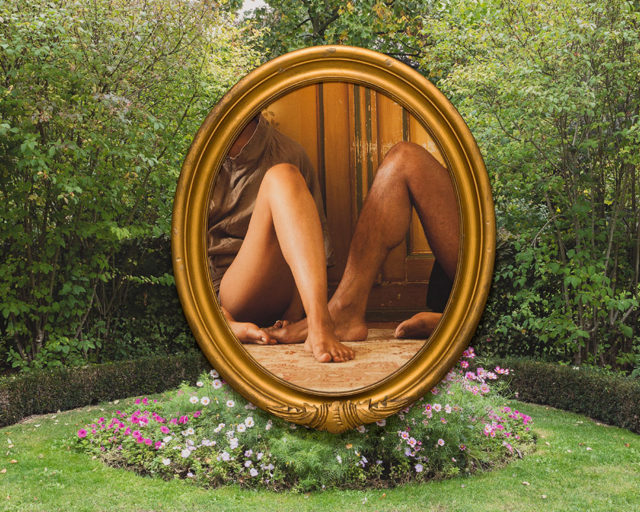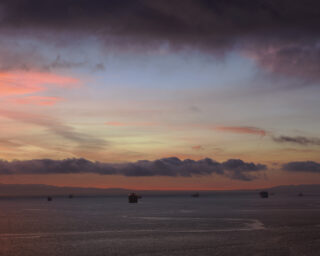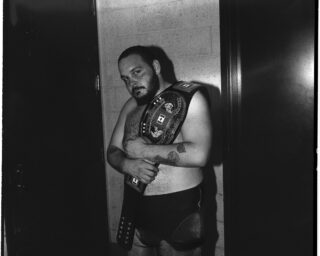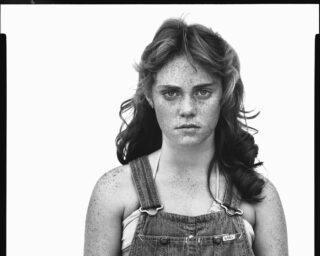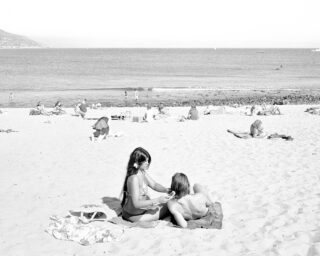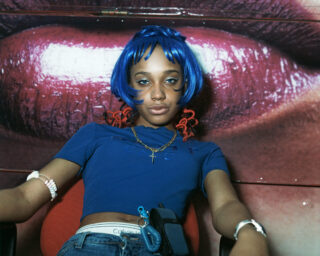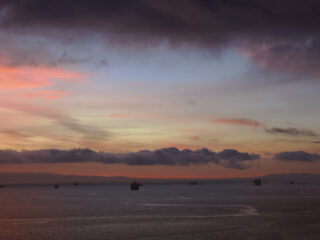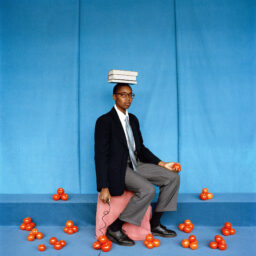With an Eye Toward the Future: On the 2012 Johannesburg Art Fair
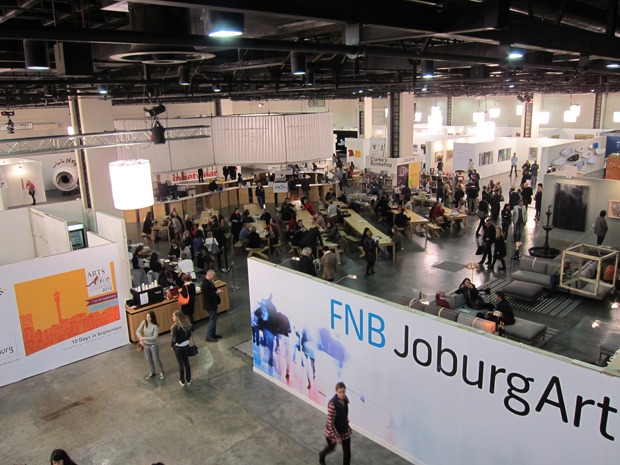
FNB Johannesburg Art Fair
This year’s FNB Johannesburg Art Fair (FNB stands for First National Bank, the primary sponsor), the fifth iteration of the event begun in 2008, was a surprising mix of modern and contemporary art shown by galleries from both Africa and Europe. With the disappearance of the Johannesburg Biennale in 1997, there is palpable hunger in this country for artwork with global ambitions. The FNB fair does not provide exactly that, but it’s not too far off.
In terms of quality of work the fair was on par with other art events on the continent, such as the Dak’Art Biennale in Senegal and the Rencontres de Bamako photography festival in Mali. With twenty-four galleries from England, France, Germany, Nigeria, and South Africa, the fair included a diverse array of work by artists predominantly from Africa (though some were European). This diversity stems, in part, from the makeup of the Johannesburg population itself; the city is a melting pot of immigrants from all over the continent, a place where Zimbabwean, Malawian, and South African people share culture and space.
Some of the highlights were found in booths not directly associated with a gallery, such as a large-scale installation of Deborah Poynton’s Arcadia paintings, or Bridget Baker’s film Only Half Taken (1959/2011–12). Kudzanai Chiurai won this year’s FNB art prize, granting him a small solo show of videos, photos, and sculptures from his State of the Nation series. Printed materials were available through Clarke’s Bookshop and Jacana Publishing, and sales of limited-edition prints from Art South Africa and Art Throb, two of the most important critical resources in the country, helped raise money to support their programming. Finally, a series of presentations called Arts Alive Art Talks, featuring twenty-minute lectures by curators and artists alike, provided more depth and nuance for the general audience in attendance.
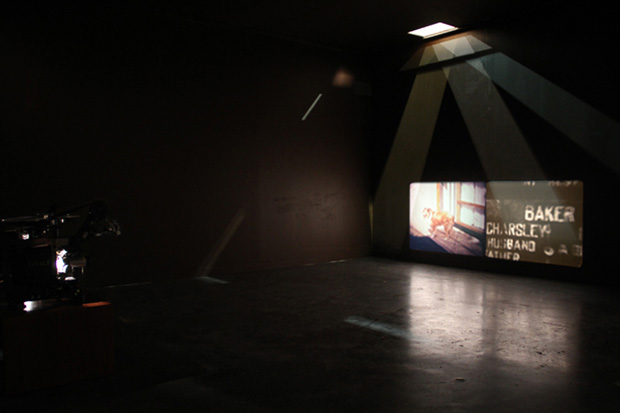
© Bridget Baker, Only-Half-Taken, 1959/2011–12, 16-mm color and 16-mm black-and-white expanded film installation. Image by Daniel Isherwood
Stevenson Gallery stood out from the other commercial enterprises by presenting a single work, Michael MacGarry’s monumental sculpture Future Proof, 2012, a cement mixer studded with nails and bolts in the vein of an African fetish figure. WHATIFTHEWORLD Gallery showed a variety of work from a new wave of up-and-coming artists emerging from the Cape Town scene, including Julia Rosa-Clark, Dan Halter, and Athi Patra-Ruga. Goodman showcased its strong stable of artists, and its booth’s high points were works by William Kentridge and pieces from Mikhael Subotzky’s series Retinal Shift, which explores the act of looking. Two videos from the series used security-camera footage publicly available from the Johannesburg police that shows violent crimes between black South Africans; they end with each arrested person forced to look up into the security camera for the purposes of identification. One crowd favorite was a work by Ed Young, in the Stellenbosch Modern and Contemporary Gallery booth, of a lifelike miniature of the artist hanging naked from a nail in the wall. It was fittingly titled My Gallerist Made Me Do It, 2012.
That the FNB Johannesburg Art Fair was a professionally executed and commercially successful event—every gallerist I spoke with reported strong sales—is no small feat in a country where the arts are tragically underfunded. The fair also received significant media attention. Judging by the crowds of curators, collectors, dealers, and the general public, there is a desire in South Africa to have more such events take place in the future. Hopefully, that desire can translate into exhibitions propelled out of the commercial sphere and into the daily workings of one of the most bustling cities on the continent.
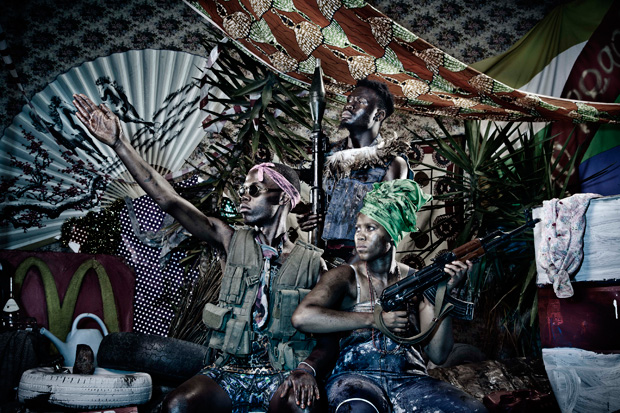
© Kudzanai Chiurai, Revelations II, 2011; State of the Nation
Unfortunately, the Sandton area of Johannesburg, where the fair took place, is a giant mall, isolated from any of the surrounding townships and lacking the vitality that courses through other parts of the metropolis. Relocation to one of the more vibrant, up-and-coming parts of downtown such as Braamfontein or the Arts-on-Main district would provide a welcome shot in the arm. Braamfontein, centered on the University of the Witwatersrand, is home to the new Wits Art Museum, which is located in a former 1970s-era car showroom. Galleries and cutting-edge design stores have begun popping up in the area. Main Street, a central artery of downtown, cuts through neighborhoods such as Milpark, with its industrial buildings repurposed to house restaurants and shops, and the newly christened Maboneng (“place of light,” in the local Sotho dialect), which features a compound of renovated buildings with cafes, lofts, and performance spaces.
Moving the fair to a more centralized, diverse neighborhood—or, even better, bringing back the Johannesburg Biennale—would provide opportunities to expand the presence of art on the continent and beyond. Moreover, it could further the existing desire among young people in Johannesburg to create a new form of culture that participates in the greater global context while maintaining unique South African qualities. The philosophy behind this movement is one of Ubuntu (literally translated from the Xhosa as “I am because you are”), a bracingly fresh collectivist philosophy that looks back at South African history with an eye toward the future.










